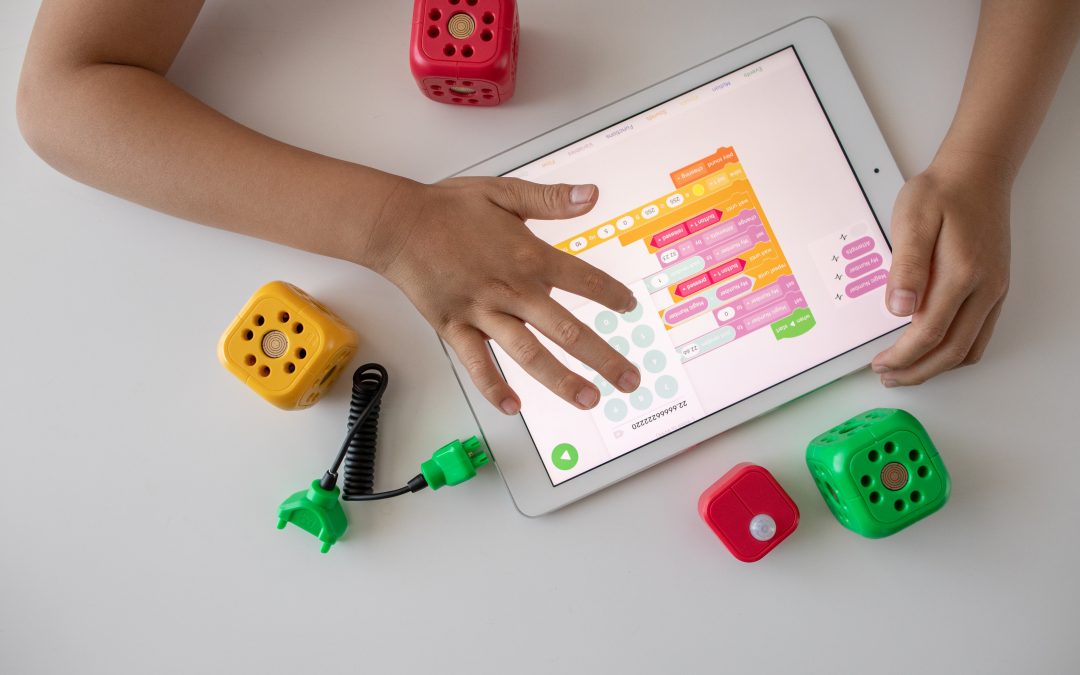As we all know, Artificial Intelligence (AI) is becoming more integrated with everyday technology, such as Siri, Alexa, and recently, Facebook’s metaverse. Together with the global pandemic, the result has been institutions around the world resorting to online platforms and applications such as Zoom or Duolingo to provide a safe alternative for students to keep learning without any obstacles. Let’s see how we can use AI to help ESL teachers optimize learning inside and outside the classroom.
How does AI work?
Artificial intelligence is used across a wide range of sectors within the online domain, including computer vision e.g. facial recognition or predictive analytics, and even Facebook ads. However, machine learning is perhaps a better concept to consider when discussing what artificial intelligence is capable of. Machine learning is the process by which people (often data scientists) educate computers to create models that predict the outcome of future events. This could represent, for instance, the possibility that a self-driving automobile can safely perform a left turn.
Language acquisition is another example. Algorithms using artificial intelligence have the ability to enhance online learning across all areas. To improve the expertise of its users, large organizations can adopt online, remote language learning programs. This way, individual students can study whenever and wherever they prefer. Language learning using artificial intelligence could be incorporated into conventional classrooms to provide pupils with more alternatives. The benefits of using artificial intelligence in online learning are remarkable.
Ways AI is being used in language education
Chatbots
Chatbots have advanced significantly from being frequently ineffective dummies to clever assistants that can deceive you into believing you are speaking with a real person. People have started utilizing chatbots to learn other languages as they become more brilliant. Language learning chatbots powered by AI respond to messages with personalized responses, evaluate the grammar, and offer advice on improving any specific mistakes the learner made.
Machine translations
Neural machine translation is one example of an artificial intelligence technology that significantly advanced machine translation. Neural machine translation can assist in integrating machine translation into foreign language acquisition and improving translation quality. A technique called “Machine Translation as a Bad Model” asks students to correct inconsistencies and mistakes in machine-translated material. Students have a greater understanding of a language and its quirks, and their comprehension, sentence structure, and vocabulary in the target language increase.
Customized textbooks
It is absurd to expect everyone to study the same textbook and succeed since people learn in various ways and at different rates. That is why customized textbooks are a great idea. You may get the learning resources required when a language learning solution is aware of your progress and adjusts to your demands based on your unique data. Teachers also benefit from personalized textbooks. A computerized system with artificial intelligence might create textbooks tailored explicitly for a particular school, course, or even for groups of students who struggle too much with academics.
About Sensay
You can start to experience machine learning from our website Sensay; with a 14-day trial, you can come across speaking exercises with instant feedback and what to improve on, along with many positive comments about the task you just completed, And teachers can assign classwork such as reading, self-practice, and Q&A speaking exercises. For more information visit our YouTube page or email us at info@oksensay.com to let us know what you think about Sensay!

